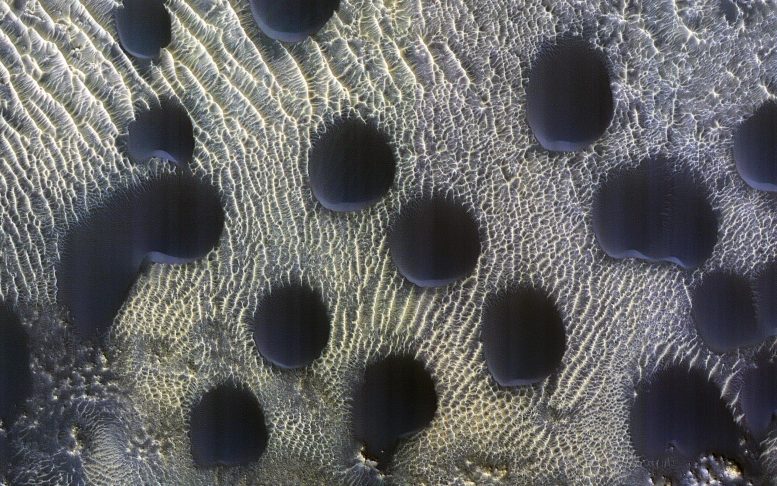
Sand dunes of many shapes and sizes are common on Mars. In this example, the dunes are almost perfectly circular, which is unusual. Credit: NASA/JPL-Caltech/University of Arizona
Sand dunes of many shapes and sizes are common on Mars. In this example, the dunes are almost perfectly circular, which is unusual.
They are still slightly asymmetrical, with steep slip faces on the south ends. This indicates that sand generally moves to the south, but the winds may be variable.
This is part of a series of images (see above) to monitor how frost disappears in the late winter; this observation appears to be free of frost. A previous image (below) shows when the surface was covered by frost.
The map is projected here at a scale of 25 centimeters (9.8 inches) per pixel. (The original image scale is 30.3 centimeters [11.9 inches] per pixel [with 1 x 1 binning]; objects on the order of 91 centimeters [35.8 inches] across are resolved.) North is up.
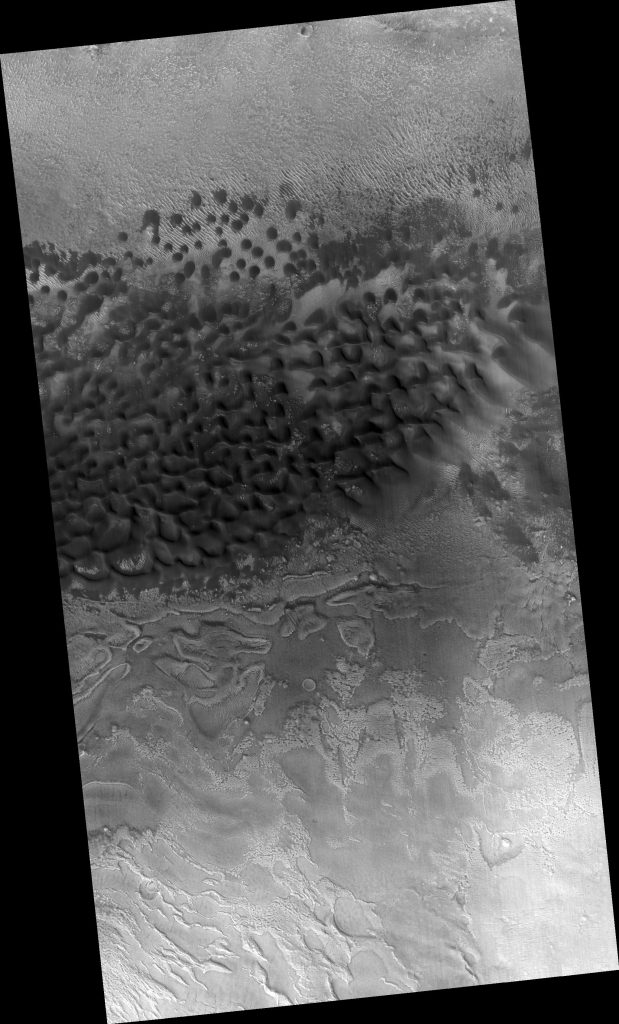
The map is projected here at a scale of 25 centimeters (9.8 inches) per pixel. (The original image scale is 30.3 centimeters [11.9 inches] per pixel [with 1 x 1 binning]; objects on the order of 91 centimeters [35.8 inches] across are resolved.) North is up. Credit: NASA/JPL-Caltech/University of Arizona
HiRISE stands for High Resolution Imaging Science Experiment. It is a camera system onboard the Mars Reconnaissance Orbiter, which is a spacecraft orbiting Mars. HiRISE is the largest and most powerful camera ever sent to another planet, and it is designed to capture incredibly detailed images of the Martian surface. Its high resolution allows scientists to study the planet’s geology, mineralogy, and topography in much greater detail than was previously possible.
The Mars Reconnaissance Orbiter (MRO) is a spacecraft launched by NASA in 2005 to study Mars. The main goal of the MRO mission is to understand the geology, climate, and search for signs of water and potentially habitable environments on Mars. The spacecraft is equipped with a suite of scientific instruments, including the HiRISE camera, as well as radar, spectrometers, and other sensors. The MRO orbits Mars in a highly elliptical polar orbit, which allows it to image the planet’s surface and atmosphere, study its geology and mineralogy, and search for signs of water and other resources. The mission has been ongoing since its launch and has made numerous discoveries and advancements in our understanding of Mars.
The University of Arizona, in Tucson, operates HiRISE, which was built by Ball Aerospace & Technologies Corp., in Boulder, Colorado. NASA’s Jet Propulsion Laboratory, a division of Caltech in Pasadena, California, manages the Mars Reconnaissance Orbiter Project for NASA’s Science Mission Directorate, Washington.

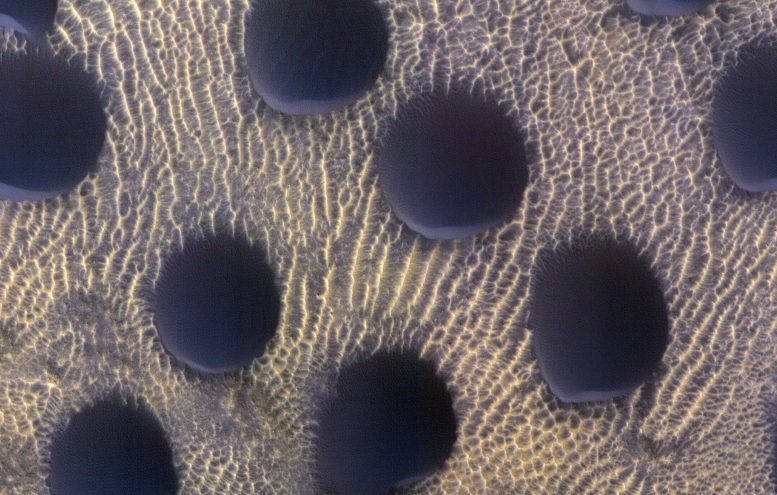
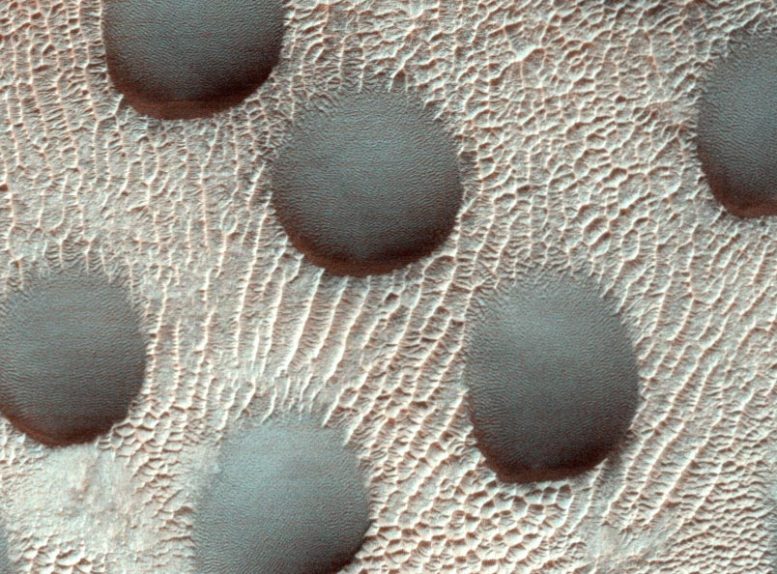
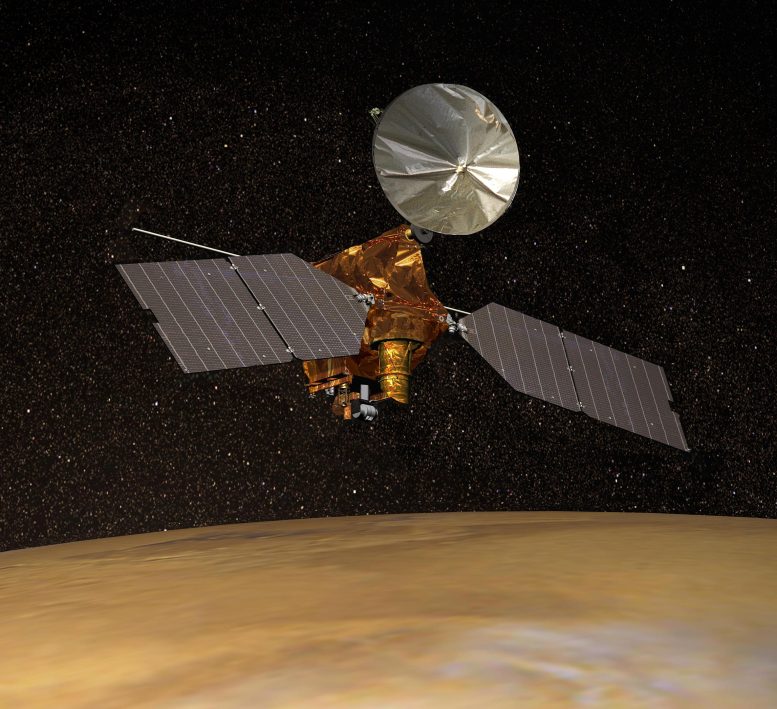

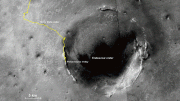
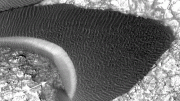
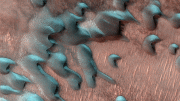
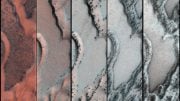
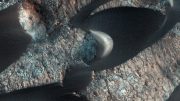
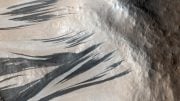

The look more like ventifacts than dunes.
I’m not saying it was aliens, but it was aliens –Giorgio
https://www.youtube.com/watch?v=Sek-FluSW58
Comments?